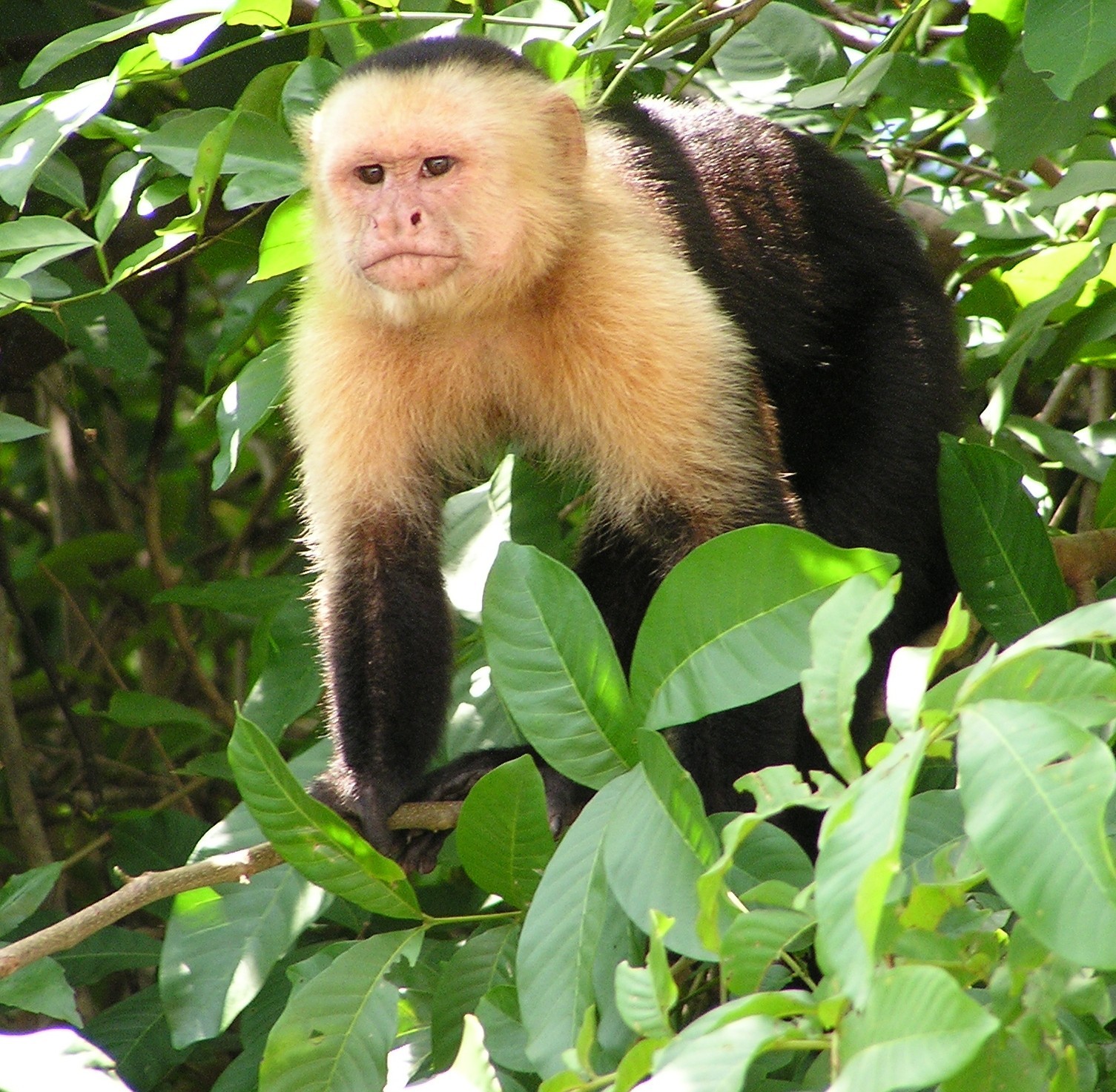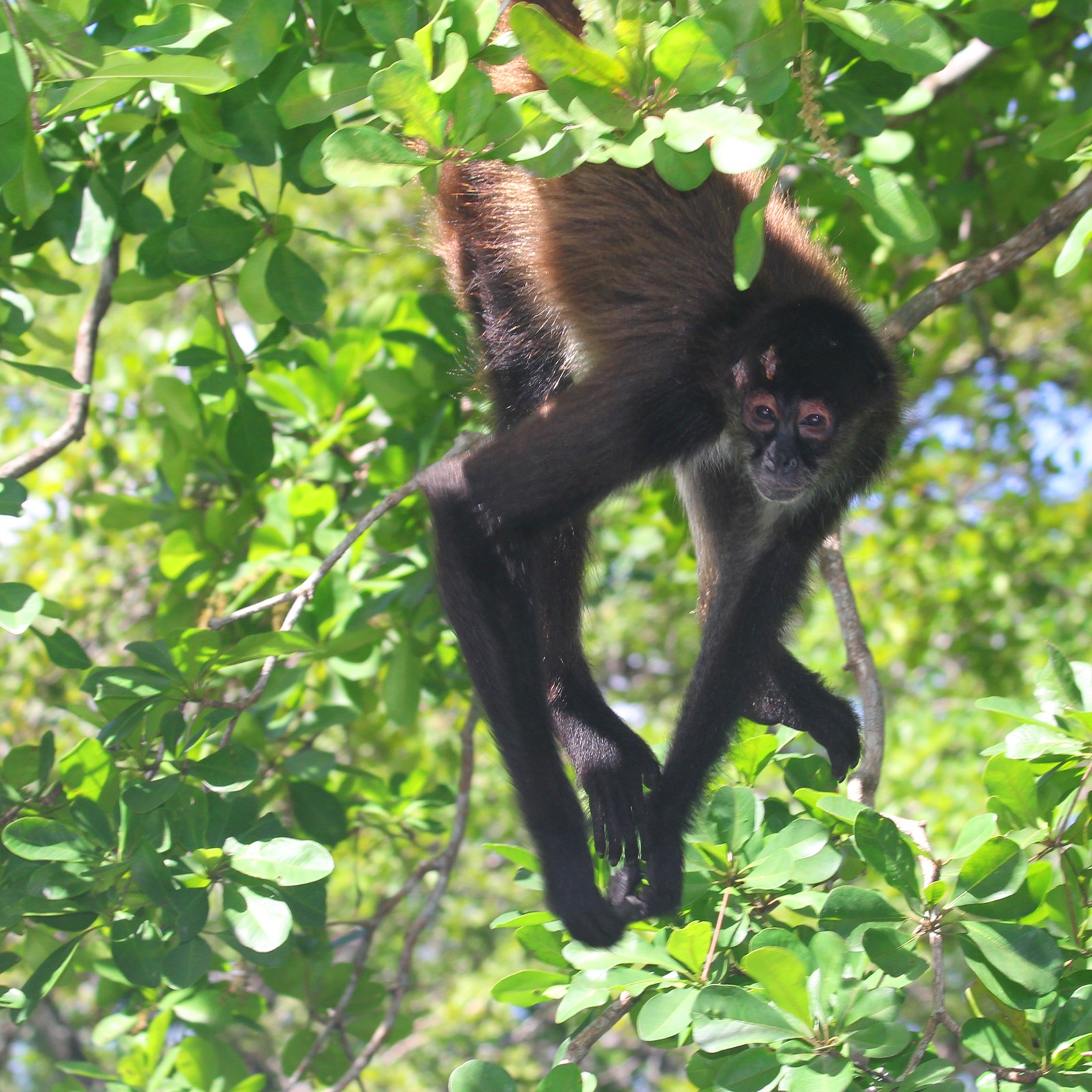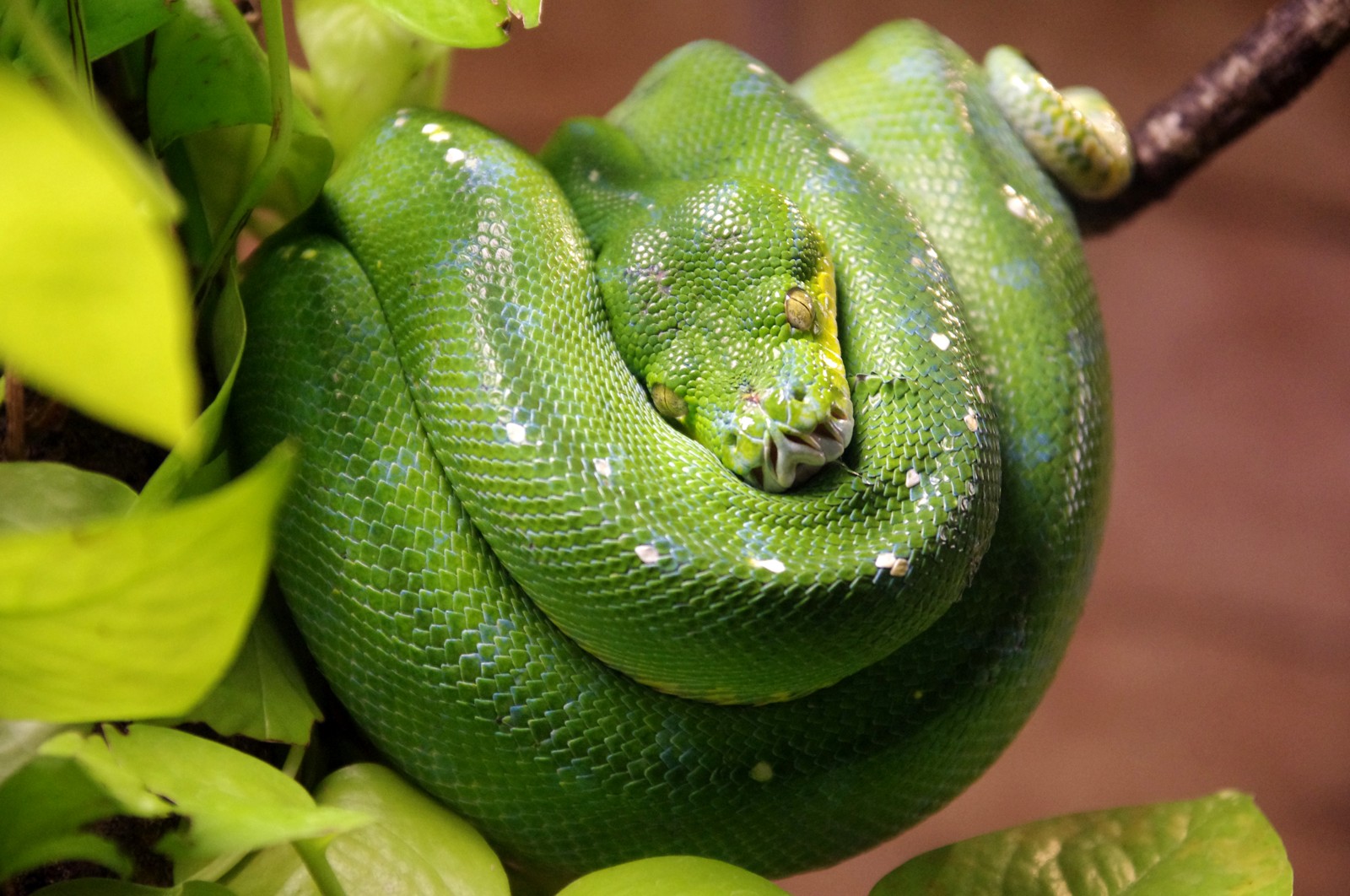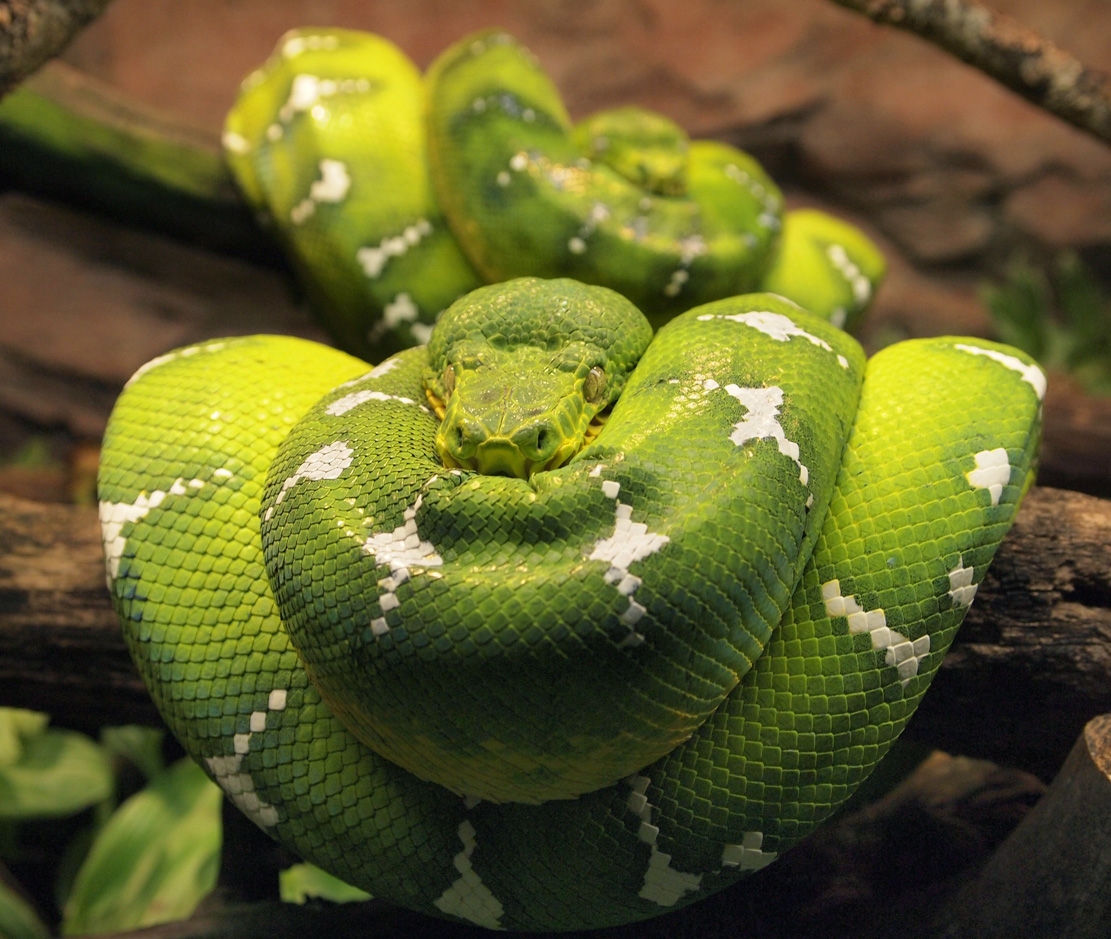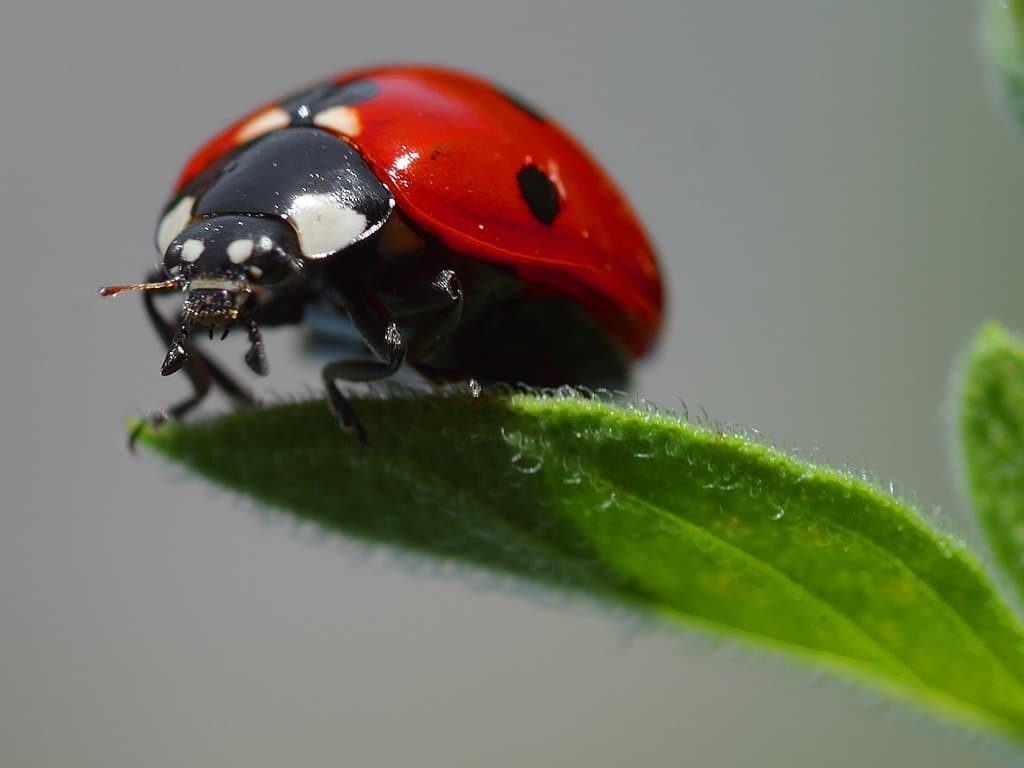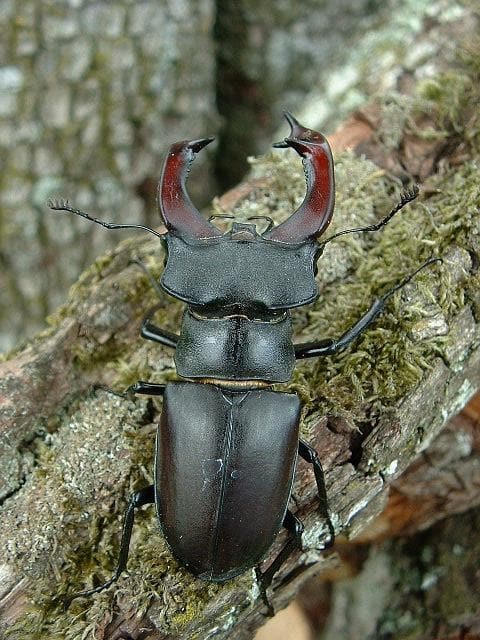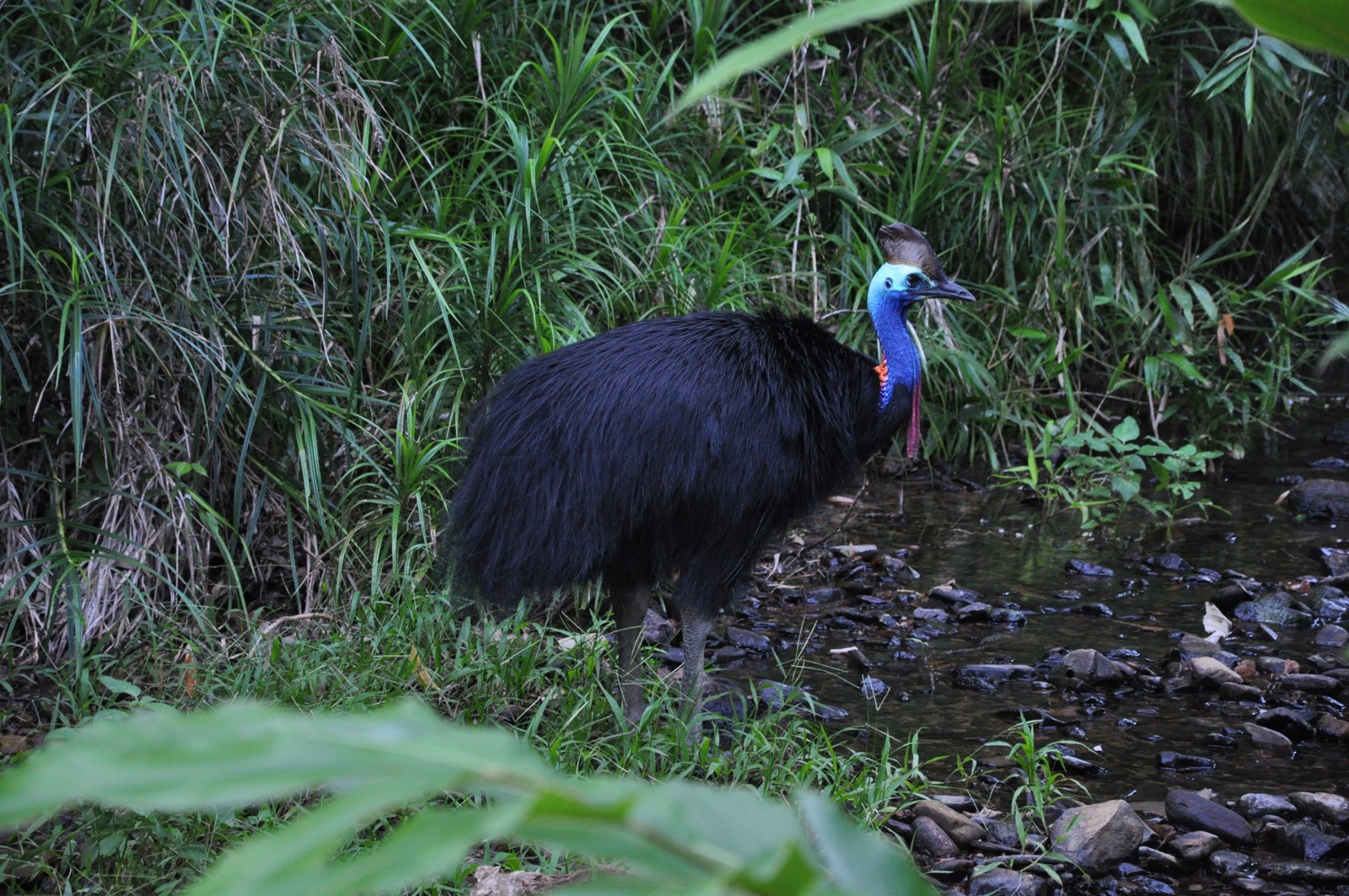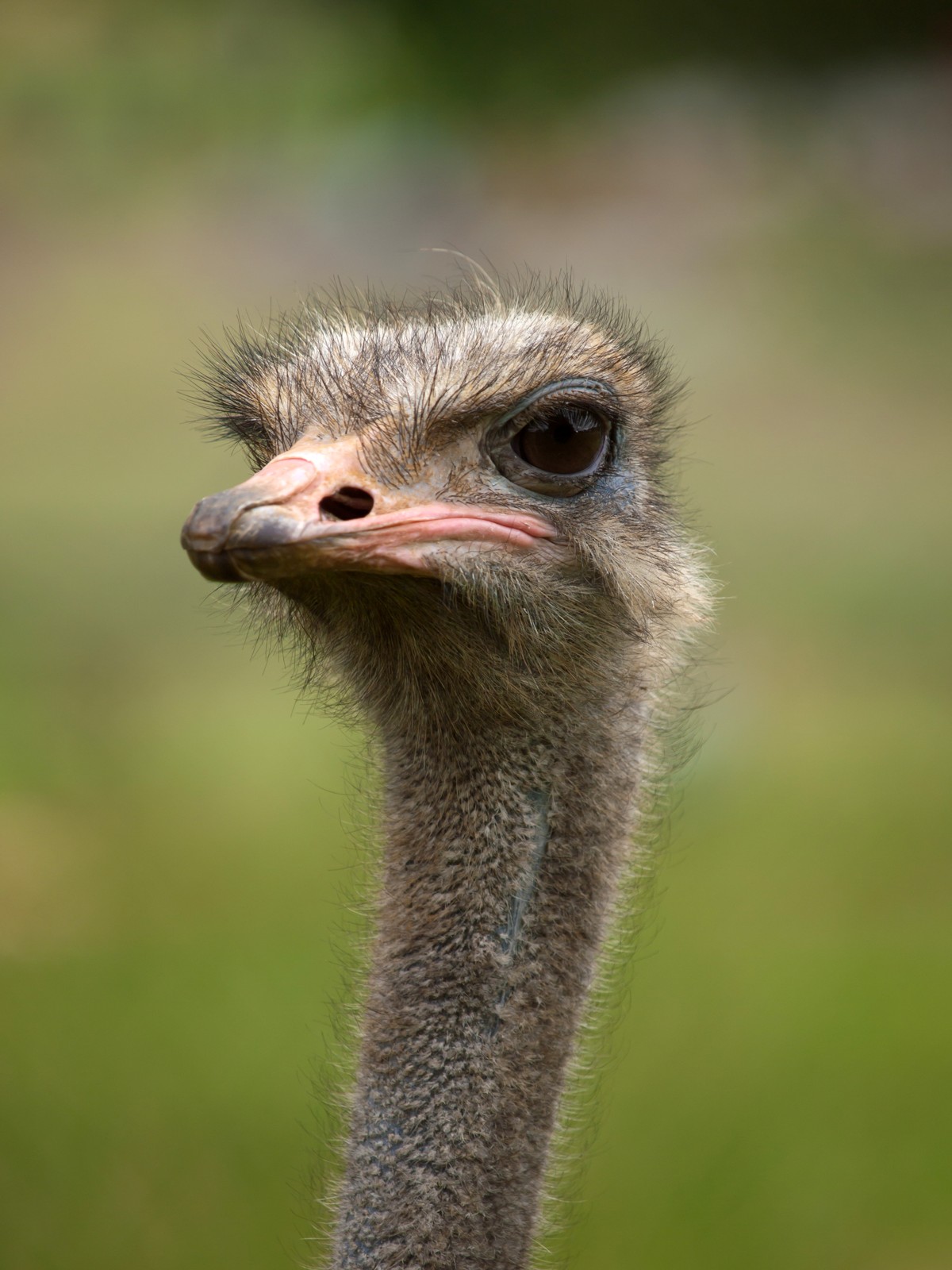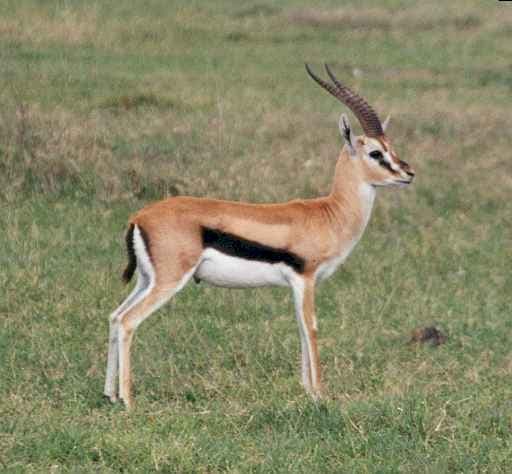Mantis vs Stick Insect: A Complete Comparison
When comparing mantis vs stick insect species, we encounter two remarkably different survival strategies in the insect world. While praying mantises evolved as active predators with powerful raptorial forelegs and exceptional vision, stick insects developed extraordinary camouflage abilities that make them virtually invisible to predators. The average praying mantis measures 0.5-6 inches (1.3-15 cm) in length, while stick insects can range from 0.5-12 inches (1.3-30 cm), making them among the longest insects on Earth.
These fascinating creatures diverged along distinct evolutionary paths, with mantids becoming skilled hunters capable of catching prey twice their size, and stick insects perfecting the art of mimicry to become living replicas of twigs and leaves. Their contrasting survival methods showcase nature’s diverse solutions to the challenge of survival.
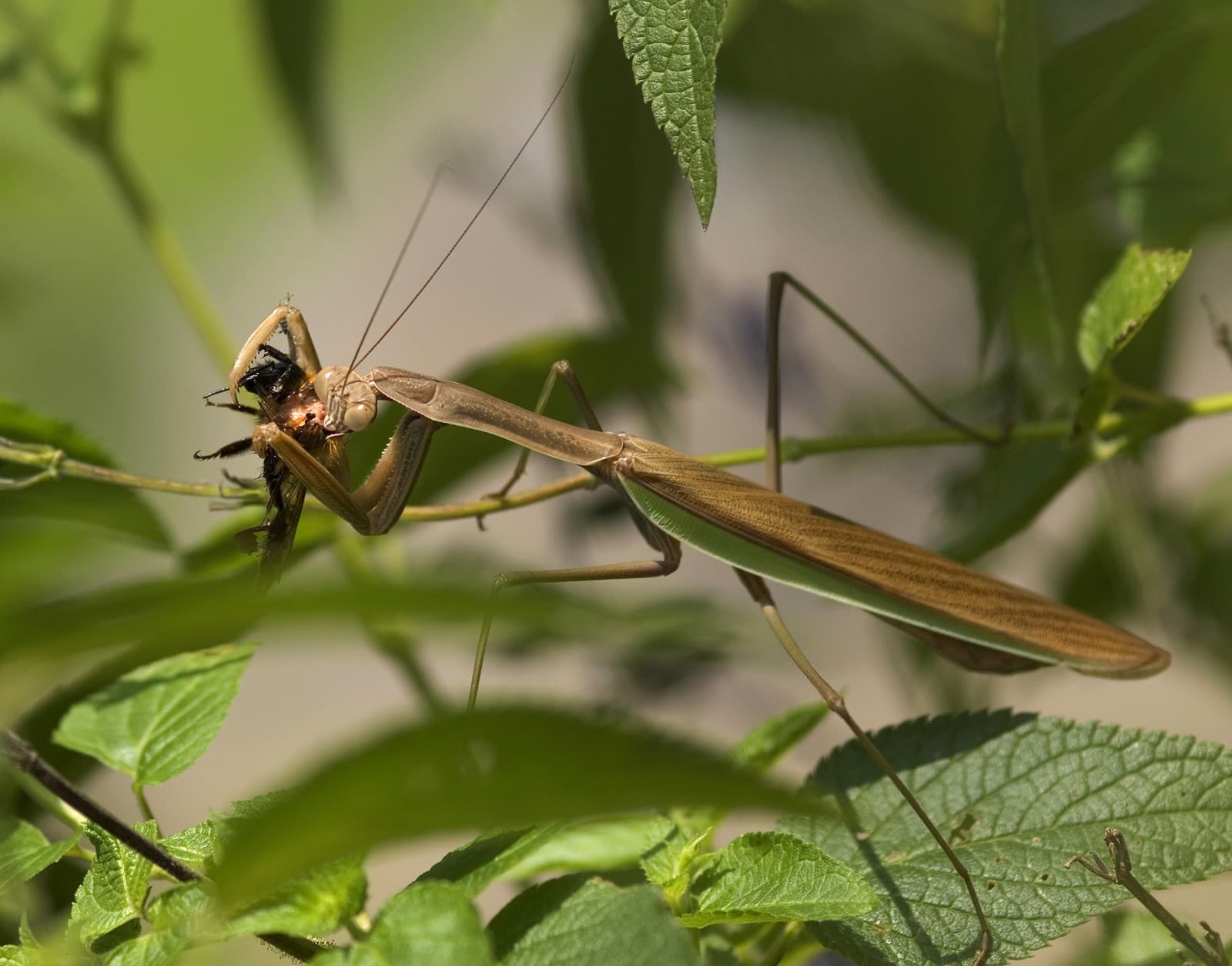
A praying mantis demonstrates its predatory nature, using specialized front legs to grasp prey. These powerful appendages, equipped with sharp spines, can strike in just 50-70 milliseconds, making mantises formidable ambush predators.
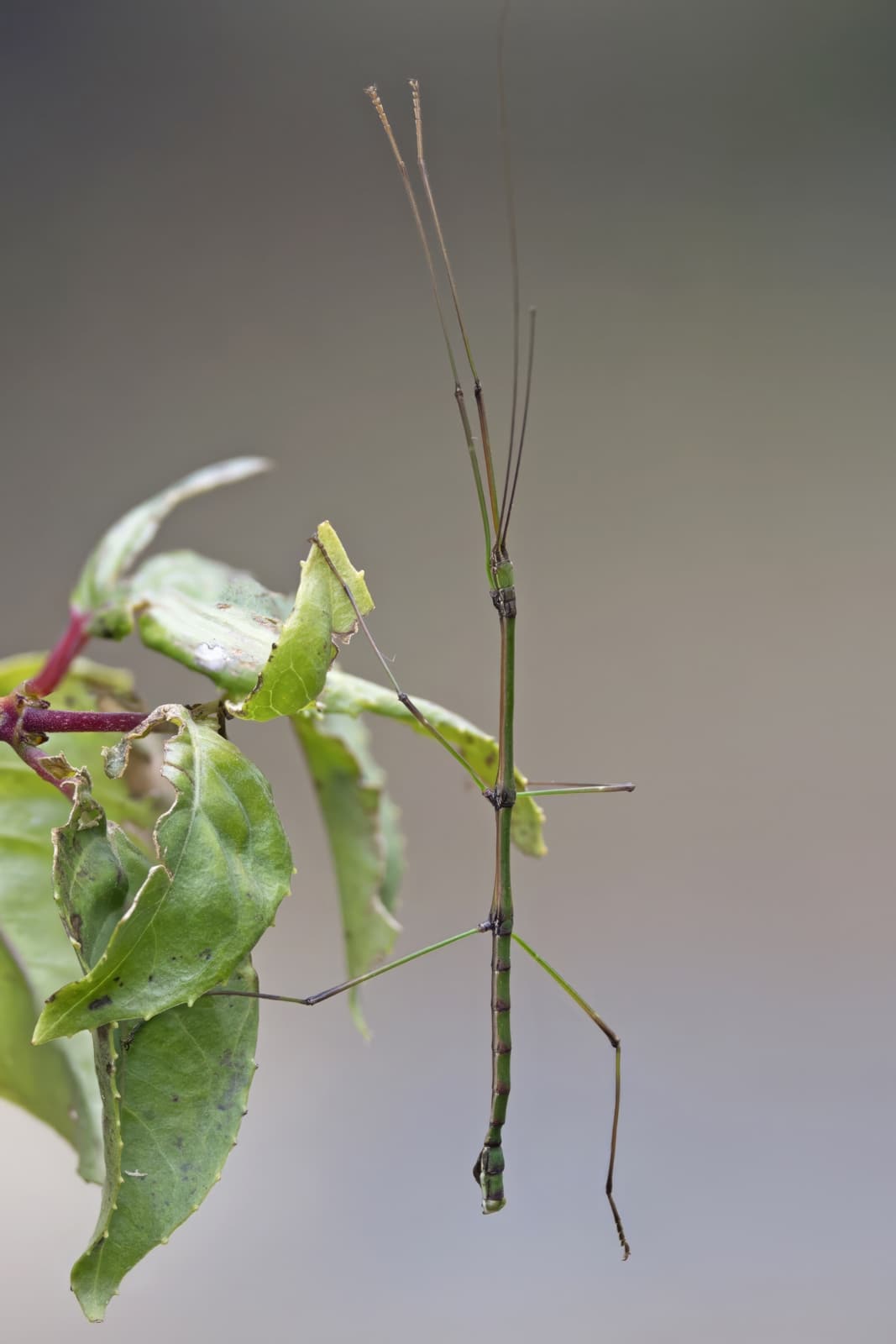
A stick insect displays its remarkable camouflage, perfectly mimicking a twig in both form and color. This species has evolved body textures and movements that make it nearly indistinguishable from the vegetation it inhabits.
Key Differences: Mantis vs Stick Insect
| Feature | Mantis | Stick Insect |
|---|---|---|
| Primary Defense | Active predation | Camouflage |
| Diet | Carnivorous (insects, small vertebrates) | Herbivorous (leaves, plant matter) |
| Movement Speed | Fast, agile | Slow, deliberate |
| Size Range | 0.5-6 inches (1.3-15 cm) | 0.5-12 inches (1.3-30 cm) |
| Lifespan | 4-8 months | 12-18 months |
| Front Legs | Modified for catching prey | Modified for climbing |
Hunting vs Hiding: Contrasting Survival Strategies
Praying mantises employ an active hunting strategy, using their remarkable vision (they can see in 3D) and lightning-fast strikes to capture prey. Their specialized front legs can accelerate at 2.5 times the speed of a cheetah’s sprint. Stick insects, conversely, rely on passive defense mechanisms, including remarkable mimicry and the ability to remain motionless for hours.
Habitat and Distribution
Mantids thrive in tropical and temperate regions worldwide, preferring areas with abundant insect prey. They often inhabit gardens, meadows, and forest edges. Stick insects predominantly occupy tropical and subtropical forests, where their camouflage proves most effective among dense vegetation.
Who Would Win in a Natural Encounter?
In a natural encounter between a mantis and stick insect of similar size, the mantis would likely emerge victorious due to several advantages:
- Superior reaction speed (50-70 milliseconds strike time)
- Powerful raptorial forelegs
- Predatory instincts
- Enhanced visual capabilities
However, such encounters rarely occur in nature, as stick insects’ camouflage typically prevents detection by predators, including mantises.
Reproduction and Life Cycle
Both species exhibit fascinating reproductive strategies. Mantids are famous for sexual cannibalism, where females sometimes consume males during mating. Stick insects can reproduce through parthenogenesis, allowing females to produce viable eggs without male fertilization. This ability is particularly advantageous for their survival strategy, as it reduces the need for potentially dangerous mate-seeking behavior.
Conservation Status and Human Impact
While neither group faces immediate extinction threats, habitat loss affects both species. Stick insects are particularly vulnerable to deforestation, as they require specific host plants for survival. Mantids show more adaptability to human-modified environments, often thriving in agricultural areas where they serve as natural pest control.
Keeping as Pets: Care Requirements
For those interested in insect husbandry, both species make fascinating pets with distinct care needs:
Mantis Care:
- Requires live prey
- Individual housing to prevent cannibalism
- Moderate humidity (50-60%)
- Temperature range: 70-85°F (21-29°C)
Stick Insect Care:
- Fresh leaves from specific host plants
- Higher humidity (60-80%)
- Can often be housed communally
- Temperature range: 65-80°F (18-27°C)
Through this comparison of mantis vs stick insect characteristics, we see how evolution has produced two remarkably different solutions to survival in the insect world. While mantises evolved to become active predators, stick insects developed perhaps the most effective camouflage in the animal kingdom, each finding success through their specialized adaptations.
